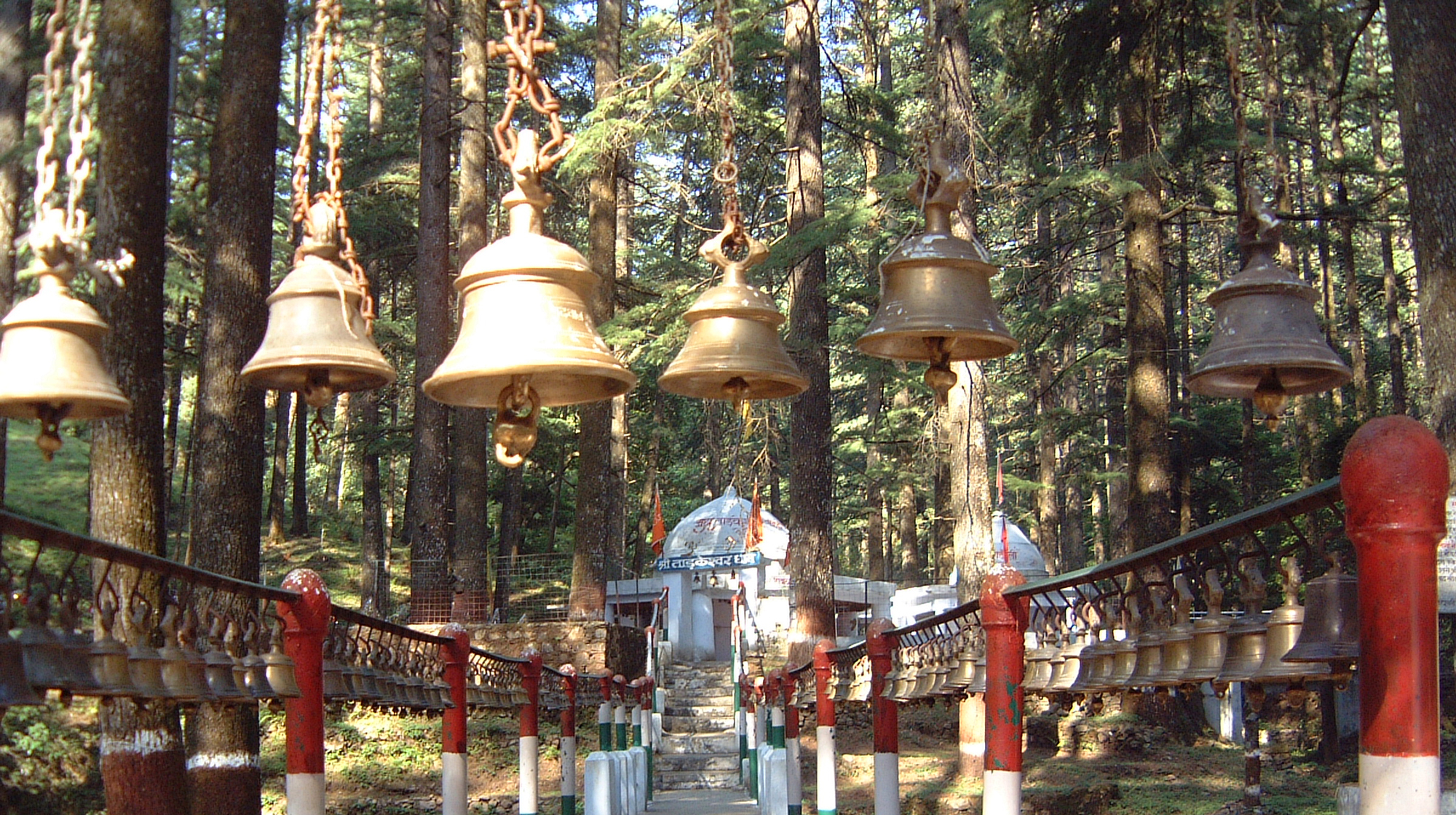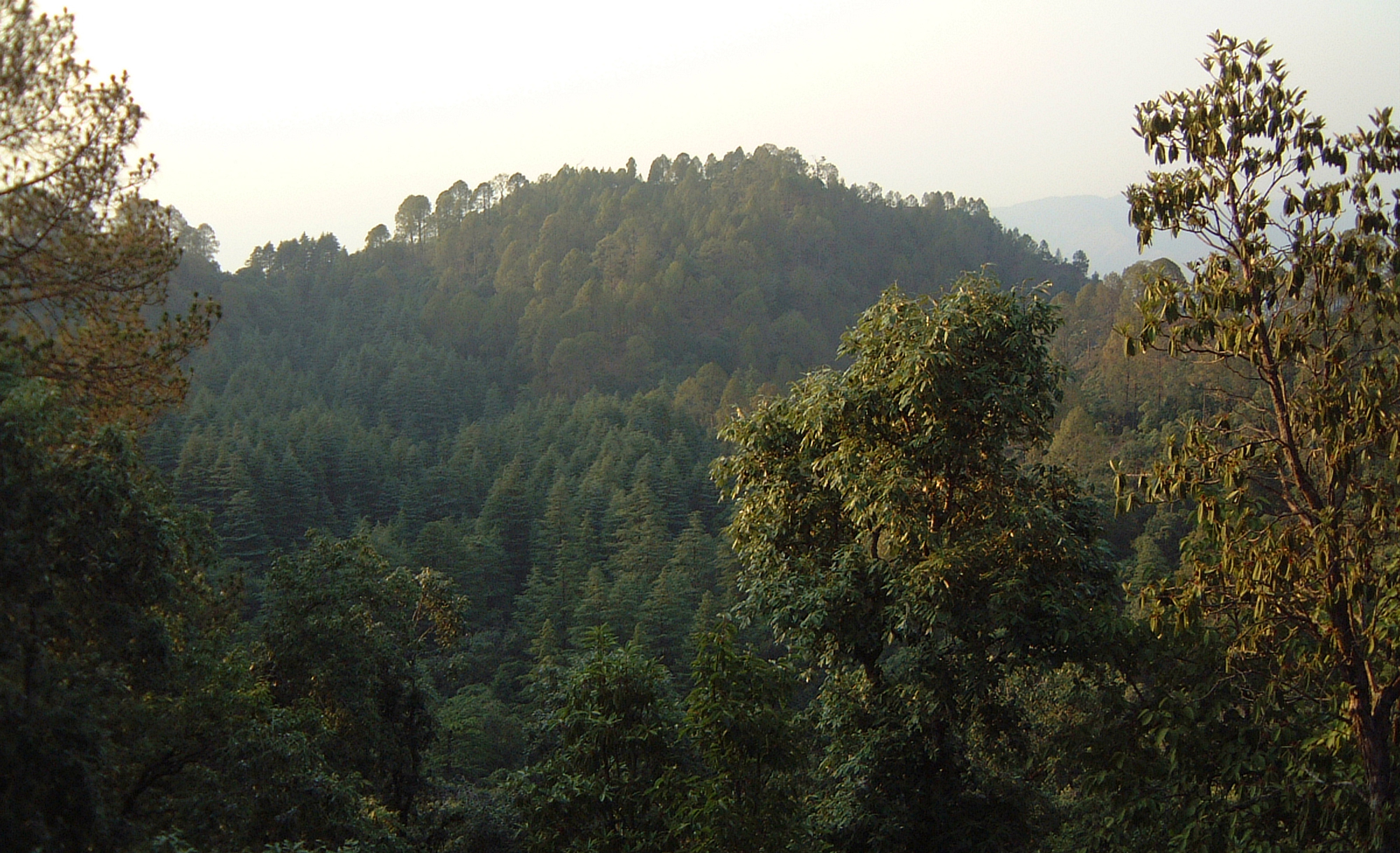
A high biodiversity network of mountain community managed forest groves, linked by green corridors/ belts could be a viable solution for restoring mountain ecosystems.
There are two highly successful, community based, practices for preserving areas of biodiversity, which are well suited for this. These are the ancient tradition of sacred groves and the more recent practice of establishing peace parks. The two practices have different emphasis yet combined they posses all the required elements that can be easily adopted by mountain communities and diverse communities around the world. For many thousands of years throughout India and the world, people have respected the importance of nature and biodiversity and have protected particular areas as sacred living temples, sacred groves or as places of exquisite beauty where they found solace, peace and a place for the reviving of their spirits and health.
“Local communities protect such groves usually through customary taboos and sanctions. The socio-religious and cultural element that provokes and influences the human psyche to conserve nature is a peculiar feature of this practice.” ()
Download: A Cultural Device To Conserve Ecology in Uttaranchal, Girija Pande, Dev Vans.pdf
Sacred groves are ideal for the purpose because they have proven to be invaluable in environmental conservation around the world since antiquity. They are areas of biodiversity conserved by the local people and are often the remnants of the primary forests. The tradition is intertwined with the cultural and religious practices of rural communities.
Sacred groves still exist in many countries around the world but nowadays the majority of them have been demolished or forgotten.

However there are still many thousands existing throughout India and the Himalayan regions, where the tradition still thrives. This is of great significance considering the global importance of Himalayan ecosystems.
Over 17,000 sacred groves still survive in India today; these have managed to save a lot of biodiversity that would otherwise have been destroyed and in many cases would no longer exist anywhere else on Earth.
Our ancestors were fully aware that the natural resources that sustained them must be conserved for the sustenance of future generations. The combination of the trees and the various medicinal plants found in sacred groves, impacts greatly upon the surrounding areas. They have been shown to improve soil stability, prevent topsoil erosion and provide irrigation for agriculture in dry, arid climates; as well as providing healing sanctuaries and medicines. Many groves contain water resources such as lakes, ponds and streams, and the vegetative mass that retains water and releases it during times of drought.
These groves enhance local environmental and cultural wealth and are also ideal for practical environmental educational activities. They are similar to temples but with the main emphasis being on the biodiversity in the grove and not on a building. However these forest groves do not necessarily need to be of a specific religious designation. In some areas, community ‘Peace Parks’ may be more relevant. Sacred groves and Peace parks can work very well together. Depending on the temperaments and needs of the local communities, one may be more suitable than the other in any given area. Due to the fact that peace parks and sacred groves are complimentary they can be linked together as part of an interconnected biodiversity conservation network.
In combination with sacred groves, peace parks can be places where people of different traditions, backgrounds and age groups can join together in creating places of natural beauty.
These parks and groves can bring people closer to nature, give a sense of community and belonging and protect biodiversity. Peace parks have a great potential in this respect because they were initially created as a method for easing tensions between bordering States. By establishing the recognition of mutual dependence upon shared biosphere systems, peace parks are a way of achieving peaceful relations between countries through environmental conservation.
“For over seventy years, peace parks have served as a model for transboundary conservation that is holistic and cooperative.”
Download: Peace Parks for Mountain Forests, Hsiao. E, 2010.pdf
Utilising the practices of sacred groves and peace parks could be significantly important for designing strategies for rehabilitating many, otherwise unmanageable, degraded landscapes. The fact that these two traditions are globally recognised gives them the potential to fit with many different cultures, landscapes and situations. They could provide a way to encourage the participation of local people and link diverse communities across the world.
